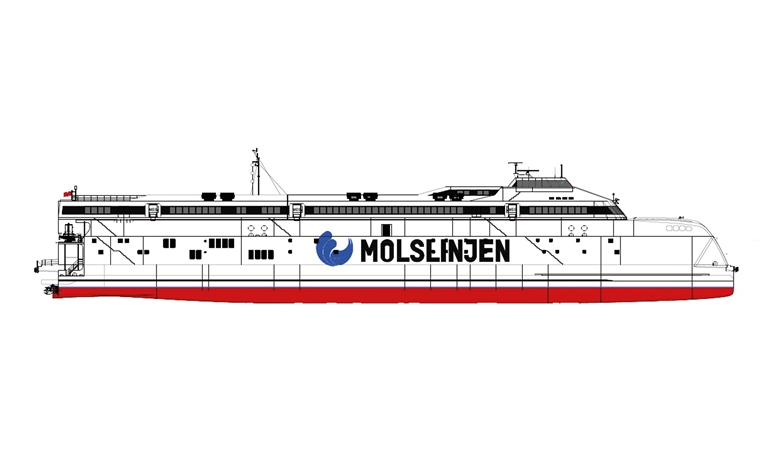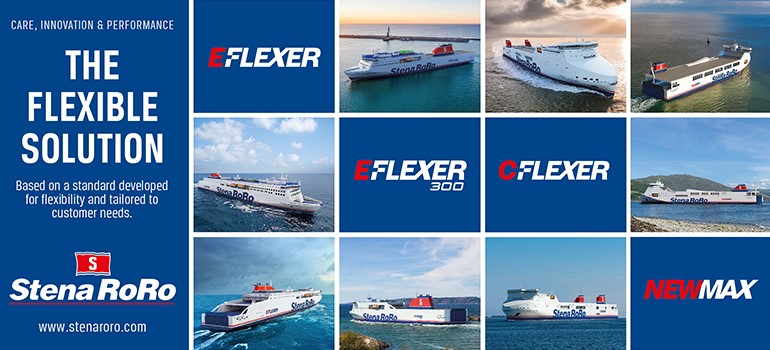
OSK Design Delivers Concept And Basic Design For World’s Largest Electric Catamaran
High-speedMolslinjen has just announced the world’s largest maritime electrification project - and OSK Design, have contributed with a ship design that enables full electrification of the Kattegat route. The project, which includes the construction of two battery-powered mega catamarans at Australian shipyard Incat, sets new standards for green ferry operations. As design partner, OSK Design has delivered the concept and basic design that make electric operation possible on one of the world’s busiest fast ferry routes.
"We are proud of both the project and our strong collaboration with Molslinjen," says Jacob H. Thygesen, CEO of OSK Design. "It's an honour to play a part in such an ambitious green transition - not only in a Danish context but on a global scale. This project clearly demonstrates that large-scale electric fast ferry operation is technologically feasible."
At 129 metres in length and with capacity for 1,483 passengers and 500 cars, the new catamarans will be the largest fully electric ferries in the world. Each vessel will be equipped with battery systems totalling 45,000 kWh and capable of sailing at over 40 knots.
A contract has now been signed between Molslinjen and shipbuilder Incat, which has previously delivered vessels to the Danish operator. OSK Design has worked in close cooperation with Molslinjen to ensure innovative, safe, and sustainable ferry solutions.
"This is not just about designing a ship - it's about shaping the future of ferry transport. We are glad to have OSK Design as partners in this project. They play a central role in this historic project and demonstrates how our joint expertise contributes to the global green transition," says Kristian Duurhus, CEO of Molslinjen.
© Shippax
Jul 31 2025
Most read
DFDS – Headwinds In Mediterranean Impact 2025 Outlook
Aug 15 2025

















